13 Fitness Questions Every Beginner Has, Answered

June 8, 2018
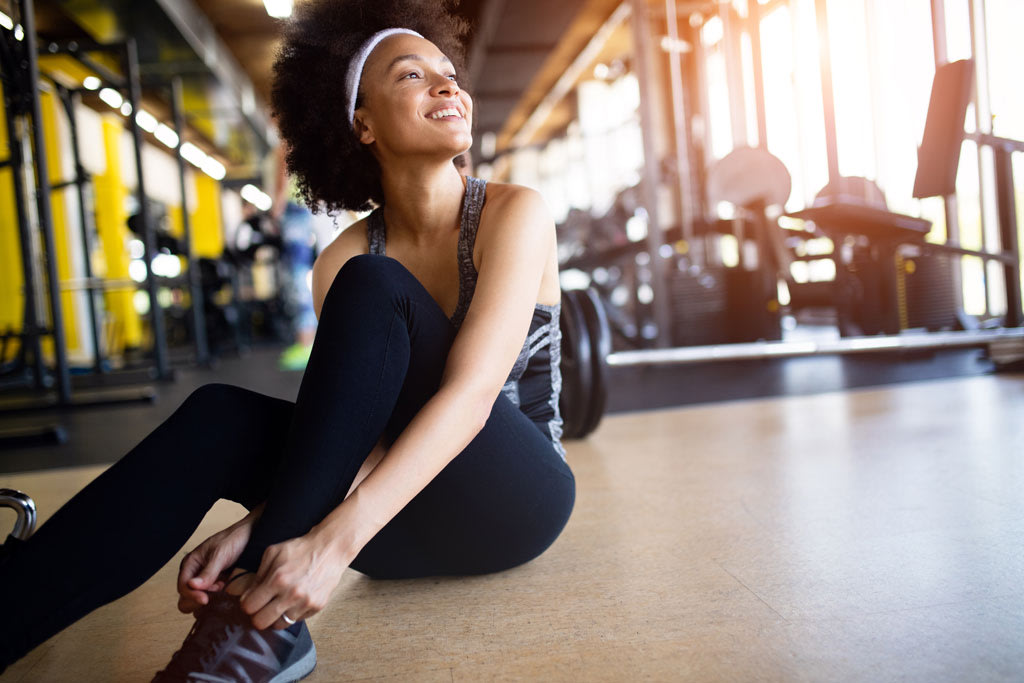
When it comes to getting started on your fitness journey and finding an exercise routine that works for you, it can be hard to know where to start when there are so many different training styles, opinions and new terminology to get your head around.
To make it easier for you to start strong, we’ve answered some of the most common fitness questions from the Sweat Community. Whether you’re approaching your first workout or are a few weeks into your journey, we’ve got you covered!
Is there any fitness terminology that would be helpful for me to know?
I'm struggling to get through my workouts. What should I do?
Apart from doing my workouts, what else can I do to take care of my health?
Before your first workout
How often should I exercise?
This comes down to your goals, lifestyle and current fitness level. For those who are new or returning to exercise, aiming for two to three workouts each week is a great place to start to build your fitness while giving your body time to recover. Once that’s feeling easier, you can add more workouts to your weekly schedule! When your fitness increases, you might be doing between four and six workouts each week.
In addition to your workouts, adding in gentle movement like walking, cycling or yoga can help to build your fitness and stay active throughout the week.
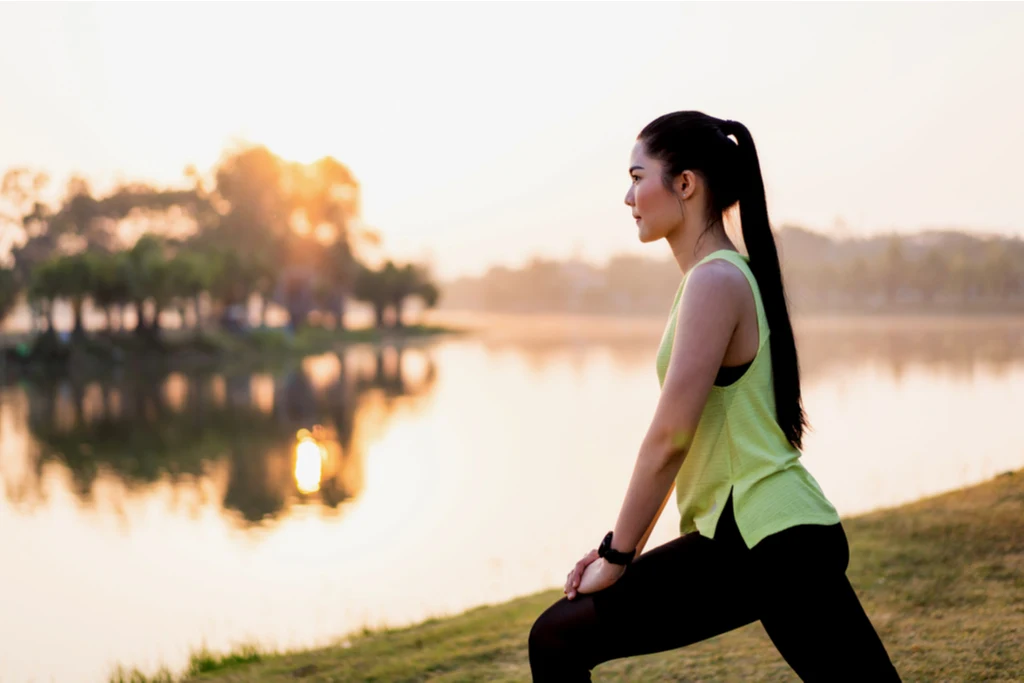
What time of day is best to work out?
The best time to work out is whenever you can fit it in! Have a look at your schedule and figure out what time of day is best for you.
If your routine is flexible, think about when you feel most energetic, or when you would prefer to exercise. Morning workouts can be an energising way to start the day for some, while others prefer working out in the afternoons or evenings.
Consistency is what matters, so focus on working out when it works best for you, which will make it more enjoyable and easier to stick to!
How long should my workouts be?
Again, this depends on what works for your lifestyle. For adults, the World Health Organisation recommends at least 150-300 minutes of moderate-intensity aerobic physical activity, or at least 75-150 minutes each week of vigorous-intensity aerobic physical activity.
No matter where your starting point is, our range of Sweat programs help you to build consistency in your training, offering workouts as quick as 10 minute and longer workouts that will take you around 45 minutes to complete. Remember, something is better than nothing! Even fitting in a daily walk can help you reach your fitness goals.
If your diary doesn’t have many longer blocks of time available, you can exercise in shorter, more frequent bursts of 10 to 20 minutes. Take a look at the Express Workouts in the On Demand section of the Sweat app to get started. There are so many ways to make time for fitness and short workouts can be just as effective.
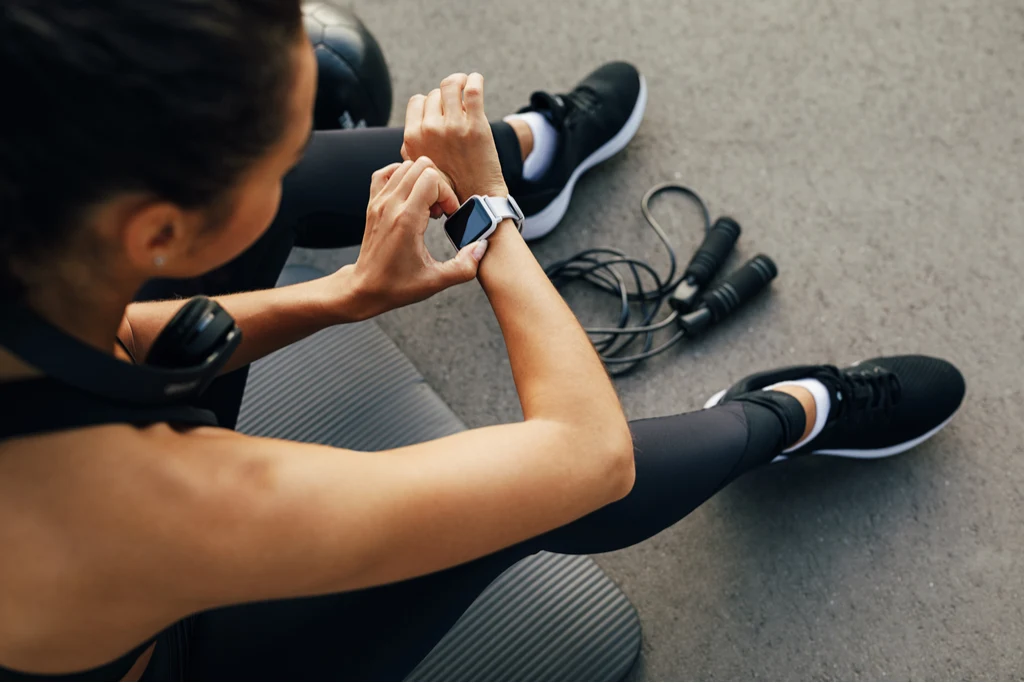
Do I need to warm up before my workouts?
You bet! We know it can be tempting to get straight into it, especially if you’re short on time, but a proper warm-up is really important.
According to the Mayo Clinic, warming up and cooling down may help reduce your risk of injury and improve performance. A good warm-up prepares your body for activity, raises your body temperature and increases blood flow to your muscles.
A simple warm-up can be five minutes of cardio or some dynamic stretching of the muscles you are about to use. Each workout in the Sweat app comes with optional warm-ups you can follow.
Should I do strength training, cardio or both?
We recommend a mixture of cardio and strength training. Alternating between the two is a good way to find balance. Why both and not just one? Because you want to reap the benefits of each!
According to the American Cancer Society, two to three strength-based workouts each week can result in significant health benefits, such as increased muscle mass, stronger bones, boosted metabolism, better posture, balance and joint flexibility. Research shows it also can boost heart health and have a positive impact on your mental health.
Regularly increasing your heart rate and blood flow by adding cardio into your routine can also promote heart, brain, skin and lung health, as well as improve your sleep and energy levels.
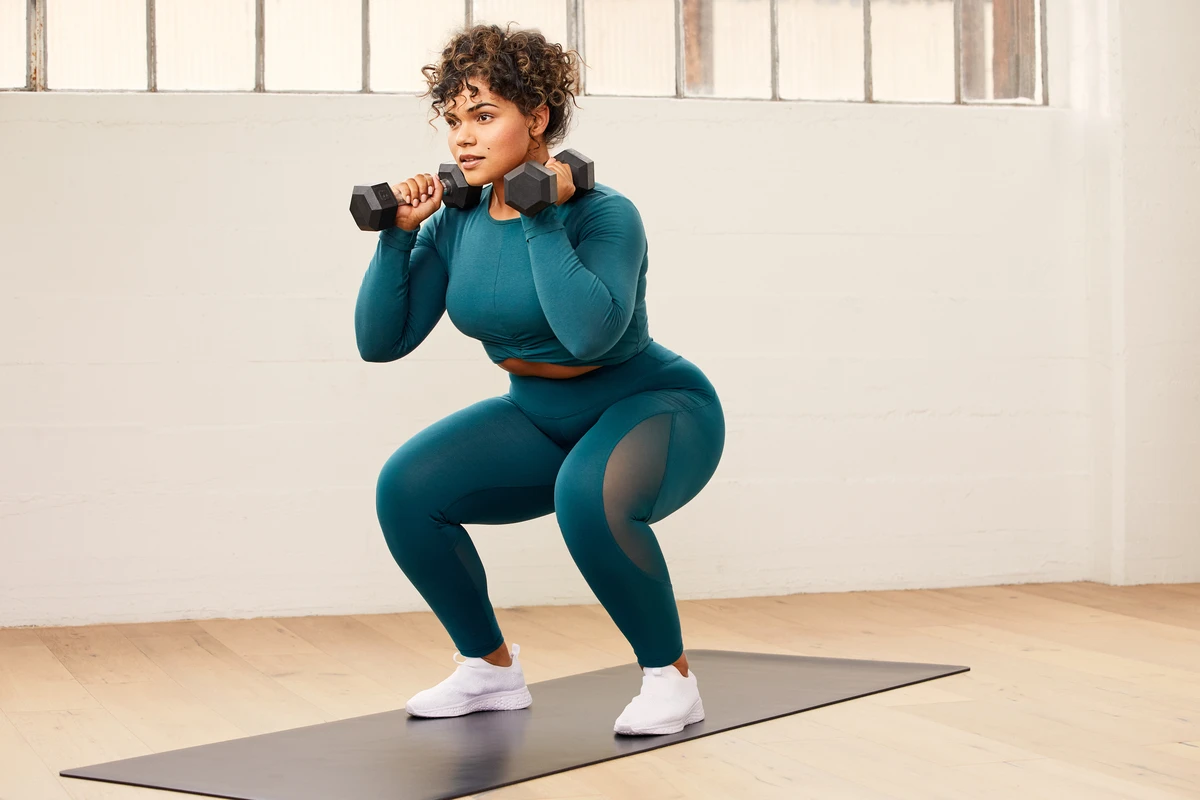
Should I lift weights for strength training?
Resistance training is how you increase your muscle mass, strength and overall health, but how you do it is up to you! Many women enjoy weight training with gym machines or free weights such as dumbbells, kettlebells or a barbell, while others prefer bodyweight workouts.
Try any of our zero equipment workouts and you’ll quickly realise bodyweight exercises can be just as challenging!
Experiment and figure out what you enjoy the most - from weighted workouts to HIIT, zero equipment, pilates, boxing and barre, there are a huge variety of strength training options in the Sweat app.
Is there any fitness terminology that would be helpful for me to know?
Before you get started, read our guide to fitness terminology so you can tell your AMRAP from your RPE.
When you’ve started working out
I’m struggling to get through my workouts. What should I do?
During your first few weeks of a new fitness routine, there’s a chance you might struggle to reach the end of a workout or you may need to take regular breaks. That’s ok! The important thing is to keep persisting each day and your fitness will slowly build.
Although we want you to challenge yourself, pushing yourself too hard can lead to burnout or injury, so know your limits and be patient as your strength and endurance increase. You’ll be smashing your workouts in no time!
If you’re struggling during your workouts, here are some ways to reduce the difficulty:
Modify exercises where needed, such as completing push-ups on your knees instead of your toes.
Take longer breaks in between sets.
Reduce the number of reps or decrease your weight load. When it feels easier, you can add more!
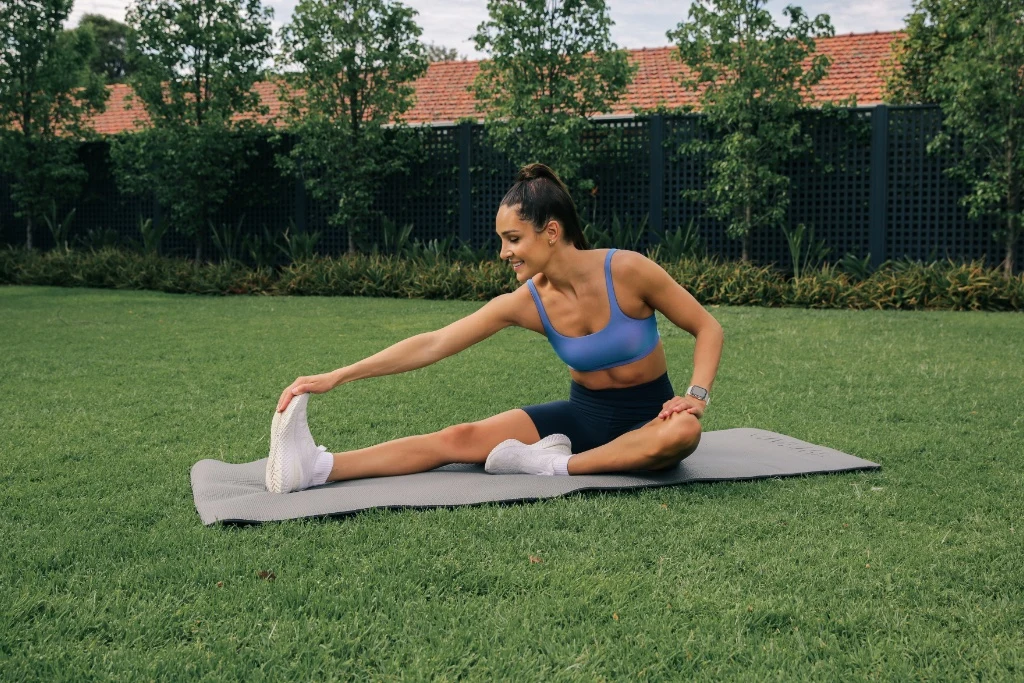
I’m feeling really sore. What is the best thing to do?
If you’re new to regular exercise, it’s common to wake up feeling sore. If you hear people talking about DOMS, this is what they are referring to - delayed onset muscle soreness.
This soreness is a result of the micro-tears to your muscle fibres which happen when you do a difficult workout or use different muscles. It’s important to know you don’t need sore muscles to know you challenged yourself - you can also see your progress by tracking your reps, weight load or the number of reps within a timeframe.
If you’re feeling sore, take an active recovery day with some yoga or low-intensity cardio such as walking or cycling, and reduce the intensity of your workouts to allow your body to fully recover.
We know how good it can feel to just lie on the couch, but some active recovery can really help to get the blood flowing to your muscles and reduce stiffness!
To support your recovery even more, focus on drinking plenty of water each day to rehydrate, and eating a healthy diet with plenty of fruits and vegetables to replenish your vitamins and minerals.

How often do I need a rest day?
It’s important to include rest days to allow your body to recover and adapt. An easy way to structure your week is to alternate between strength training and cardio, with a rest day once or twice a week depending on your fitness level.
Even as your strength and fitness builds, rest is still important as your body adapts and strengthens during the recovery time, not the workout time!
If you are sick or injured, speak to your doctor to come up with a plan for safely returning to exercise. Remember, you’re in this for the long game.
When it’s becoming a habit (woohoo!)
How do I stay motivated to work out?
Maybe you were feeling excited to start your new routine, but now that feeling has worn off after a few weeks. That’s normal and you’re not alone. Your fitness journey will have highs and lows, and some days it will feel much harder to get moving.
Here are some tips to keep you on track:
Regularly set goals for yourself to have something to work towards, challenge yourself and keep yourself accountable.
Focus on establishing a strong routine. When working out has become a habit, it’ll be easier to block out excuses and show up even when you feel less motivated.
Remind yourself of the benefits of exercise and how you will feel afterwards, or make a list of reasons personal to you about why you exercise.
Find ways to hold yourself accountable, such as a fitness buddy, sharing about your journey on social media, or scheduling your workouts before the week begins.
Choose a workout style you enjoy - sticking to it will be so much easier!
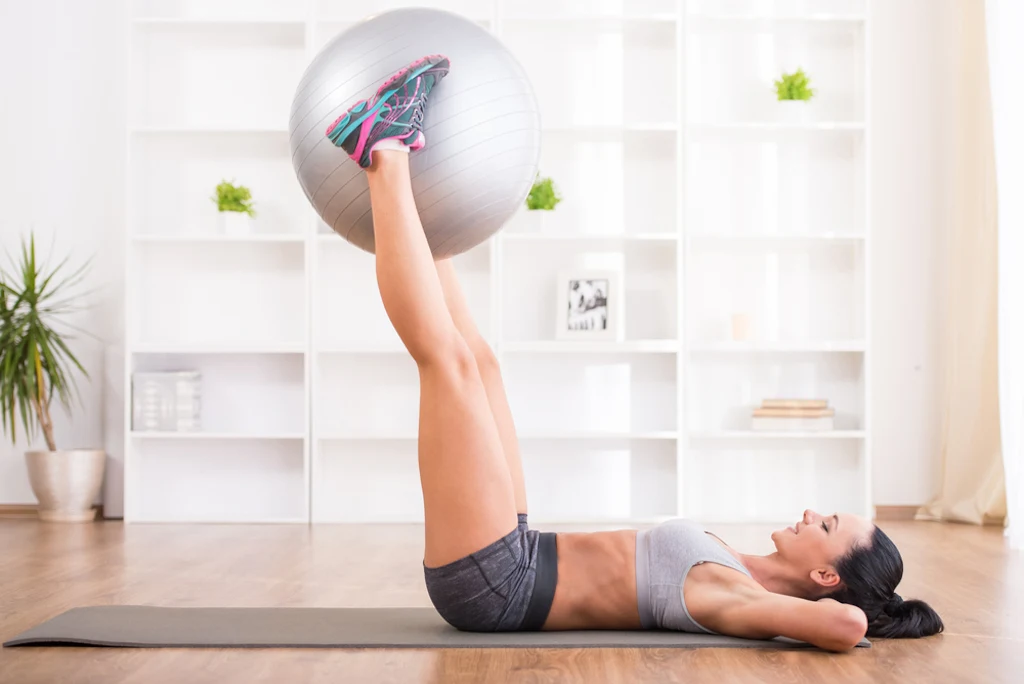
How can I measure my progress?
When you start a fitness routine, you want to see results. Whether you’re looking to feel more confident, improve your strength, or simply feel healthier, it can help to know if you’re making progress.
Think about what your unique goals are and how those would be best measured. If you’re wanting to build strength with progressive overload, you could use the Sweat app to keep track of the weights you’re lifting. If you’re wanting to feel more confident and healthy, you could use a journal to record how you’re feeling. If you’re wanting to build endurance, you could complete regular fitness challenges and track your progress.
Apart from doing my workouts, what else can I do to take care of my health?
While there are so many benefits to regular exercise, it’s just one part of the picture when it comes to your health.
As you get used to your new fitness routine, try to be more active in your daily life by taking the stairs or adding in more walking, such as during meetings, on your lunch break, with your kids, or on your commute.
Now that you’re training regularly, you may find you get hungry more often. Fill your fridge and pantry with nutrient-rich foods and plenty of fruit and vegetables - it’s easier to make a healthy choice when there’s one ready to go.
Staying hydrated is so important, so carry a water bottle, drink regularly and aim to make water your drink of choice.
Getting a good night’s sleep can also impact your physical and mental health, so make it a priority.
Last but not least, show your mind some love by practicing gratitude and self-care regularly. Even just taking one minute to think about what you’re grateful for right now can shift your perspective and make you feel more positive.
Let us know what other fitness questions you have in the comments!

A more empowered you starts with Sweat, and our editorial team is here to bring you the latest fitness tips, trainer recommendations, wellbeing news, nutritional advice, nourishing recipes and free workouts.
* Disclaimer: This blog post is not intended to replace the advice of a medical professional. The above information should not be used to diagnose, treat, or prevent any disease or medical condition. Please consult your doctor before making any changes to your diet, sleep methods, daily activity, or fitness routine. Sweat assumes no responsibility for any personal injury or damage sustained by any recommendations, opinions, or advice given in this article.
Fitness